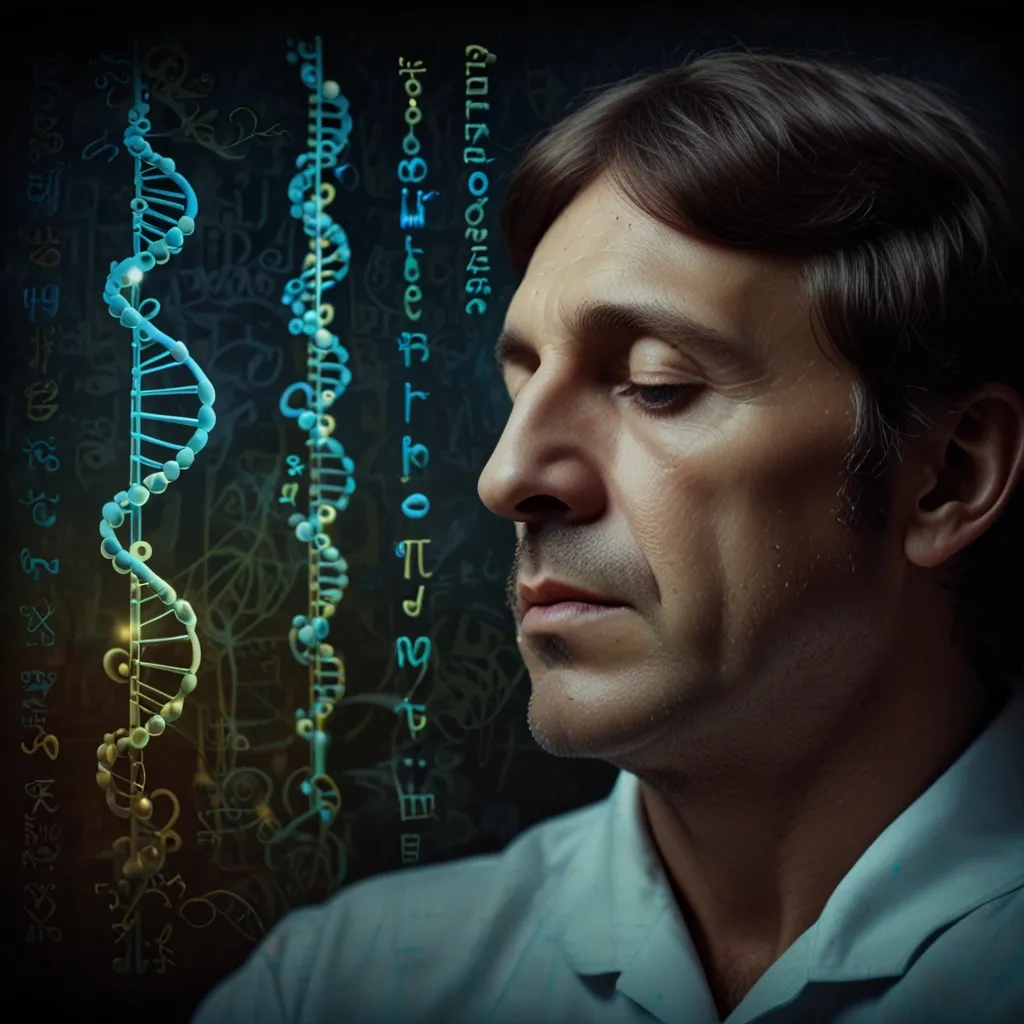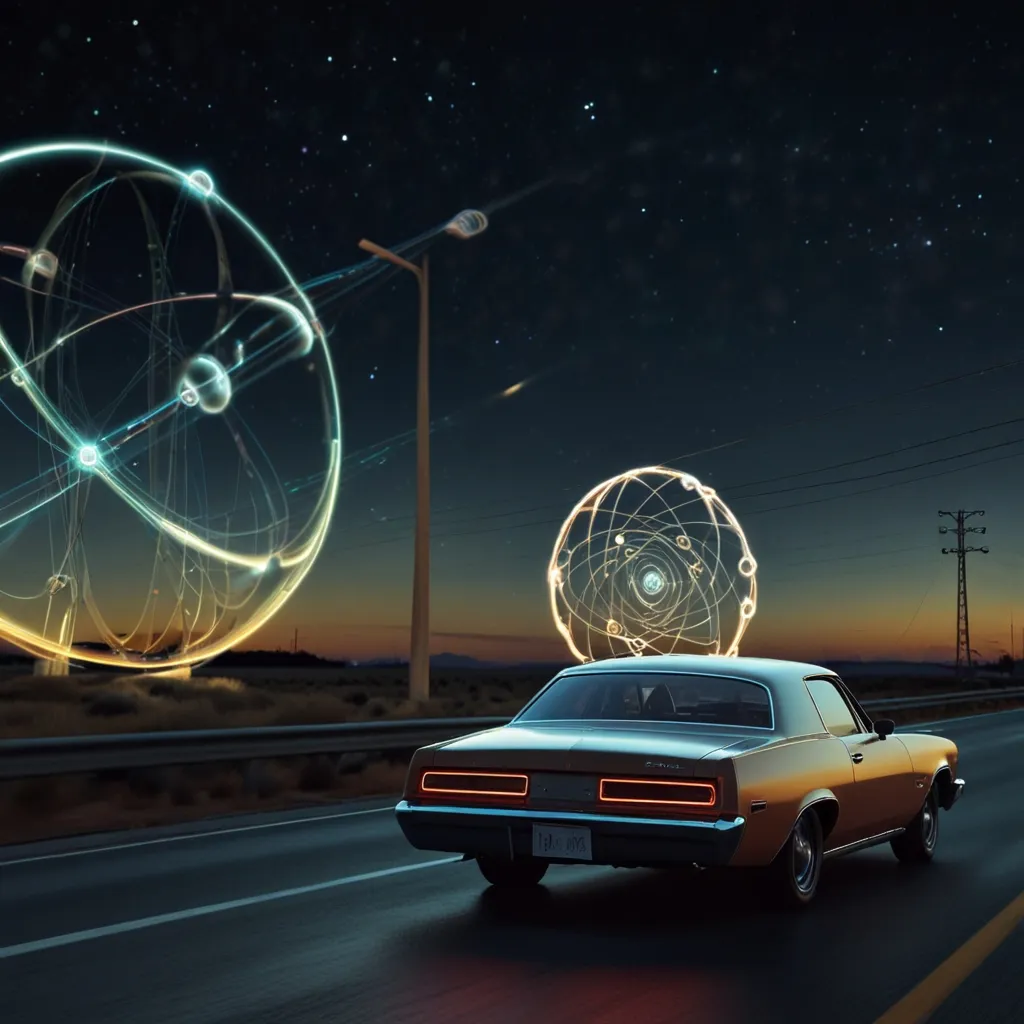Dreams have long fascinated humanity, inspiring incredible breakthroughs and artistic creations. Think about the double helix structure of DNA by James Watson, the Beatles’ hit “Yesterday,” or Mary Shelley’s novel “Frankenstein.” These were all shaped by dreams.
For centuries, dreams were seen as mystical. Ancient Egyptians thought of them as messages from the gods. In places like China and India, people believed the soul roamed freely during sleep. But what does modern science say about this? Why do we dream? What purpose do dreams serve?
A hundred years ago, it was thought that dreams occurred only moments before waking. Today, we know better. Sleep has two main stages: non-REM and REM sleep. Non-REM sleep happens first, with brain activity slowing down. Your body cools and your heart slows, conserving energy. Roughly 90 minutes later, REM sleep kicks in, where brain activity looks quite like when we’re awake. REM sleep is when dreams and nightmares occur, though it only makes up about 20-25% of total sleep.
The brain does intriguing things during REM sleep. A small brain area called the Pons paralyzes the body, except for the eyes, which move rapidly. This paralysis can malfunction in some people, leading to dangerous sleepwalking episodes.
One theory suggests dreams help restore the brain’s energy. Although the brain only accounts for less than 3% of our body weight, it uses up 20% of our energy when awake. Sleep allows it to recharge, building up energy in the form of ATP (adenosine triphosphate).
Sigmund Freud famously theorized that dreams were a window into our repressed desires, often sexual in nature. Yet, most scientists today dismiss this notion. Dreams have certain common traits—they’re hard to remember, often nonsensical, highly emotional, and seemingly profound.
Science offers some explanations. During REM sleep, the logical part of the brain, the prefrontal cortex, is turned off, while emotional centers like the amygdala and hippocampus are highly active. This explains why dreams are emotional but lack logic. Reduced levels of norepinephrine, a memory-forming chemical, make it hard to remember dreams. Lower serotonin levels trick the brain into thinking dreams are meaningful.
Despite these insights, the true purpose of dreams is still debated. Some theories suggest dreams help us organize and prioritize memories, akin to defragmenting a computer’s hard drive. Experiments show that REM sleep can aid in learning and dealing with trauma.
Interestingly, dreams might foster creativity. Free from the logical and survival constraints present when awake, the brain can explore wild, new ideas. This could explain why some of the most groundbreaking concepts and artistic works stem from dreams.
There’s also the notion that dreams might not serve any specific function. Some scientists, like Owen Flanagan, argue that the brain randomly fires neurons while trying to make sense of it all.
From an evolutionary standpoint, dreams could help us navigate threats. The “Threat-Simulation Theory” suggests dreams prepare us for danger. Another theory posits that REM sleep evolved from a survival reflex of feigning death.
While there might not be clear evidence that dream content holds profound meaning, dreams likely support brain function in areas like creativity, problem-solving, and danger avoidance. Nevertheless, many people continue to see dreams as significant. Studies show that a large percentage of people across different cultures believe dreams offer meaningful insights into their lives.
So, dreams remain a captivating mystery, blending science, creativity, and human consciousness. Whether they’re a biological necessity or just the brain’s late-night show, they’ll continue to intrigue and inspire.






